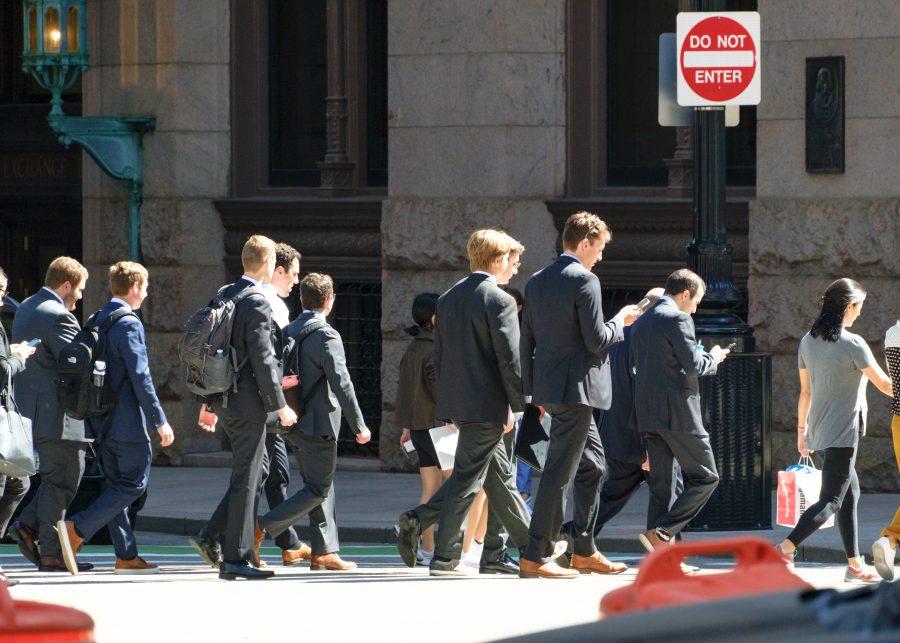Ever since the COVID-19 pandemic took over our lives almost three years ago, unemployment has increased irrepressibly. This troubling trend carried on with what seemed like no end in sight. Only recently has the incline of unemployment started to take a turn for the better in Boston. This shift in the unemployment trend helped the recovery of Boston’s workforce and encouraged them to bounce back better than ever.
Mass.gov has reported that the seasonally adjusted unemployment rate for May of this year was 3.9 percent, slightly above the national average of 3.7 percent. The number has only dropped since then, with Boston’s unemployment rate lowering to 3.5 percent in July.
Due to the decrease in unemployment, the labor force in the Boston-Cambridge area has skyrocketed. Records from the U.S. Bureau of Labor and Statistics show that the total labor force in the city was 1,689,936 as of July. Boston had gained 14,307 workers from July 2021 to July of this year, which was an incredible jump forward. Employment in the city has significantly jumped in the positive direction. Another set of data reflects that there were 1,638,544 people employed as of July. With figures showing employment at 1,585,357 at the moment, Boston has added more than 50,000 employees since July 2021.
The latest employment overview of July, provided by Mass.gov, shows the number of jobs that Boston has gained over the past year. The top three workforces with the most job hiring included professional and business with 34,300; leisure and hospitality with 30,700; and education, with health, at 30,200. Other occupations with significant hirings in the city included trade, transportation and utilities with 16,400; construction with 9,500; manufacturing with 8,400; and other miscellaneous services with 6,900.
With these massive hiring numbers occurring in a short stretch of time, the unemployment percentage from 2021 to 2022 has decreased significantly. For instance, the unemployment rate in July 2021 was at an alarming 5.4 percent due to employment struggles fresh from the COVID-19 pandemic. However, the unemployment rate in July of this year was at an impressive 3.0 percent.
The Commonwealth of Massachusetts has a task force specifically designed to keep track of unemployment and how both employers and employees can get back on their feet during slowdowns in business. The task force is called the Rapid Response Program. According to Mass.gov, the RRP specializes in working collaboratively with employers and employees to develop strategies to maintain a skilled workforce during these transition periods.
The RRP was extremely helpful during Boston’s unemployment crisis, providing many helpful resources to businesses and workers. RRP provides programs to employers, such as layoff aversions which help identify the needs of companies in order to avoid layoffs and offers companies specific resources to maintain their workforce. On the employees’ side of the RRP, the program provides various resources for employees to look over, and take advantage of, to improve their workspace. Information on continued education and training courses, workshops for resume preparation and career counseling, and information on maintaining health insurance benefits are only a few of the many resources the RRP provides for employees.
The unemployment rates still have a way to go in terms of recovery for Boston. Compared to the statistics during the pandemic to now, this is a tremendous improvement. In addition, resources such as the RRP are used all around the city. If this trend continues, the Boston workforce will be back and booming in no time.
Unemployment rates dropped in Boston
People walk across State Street in downtown Boston. Photo by Josh Kotler / Mass Media Staff
Contributors
Samantha Beady, News Editor
Josh Kotler, Photographer

